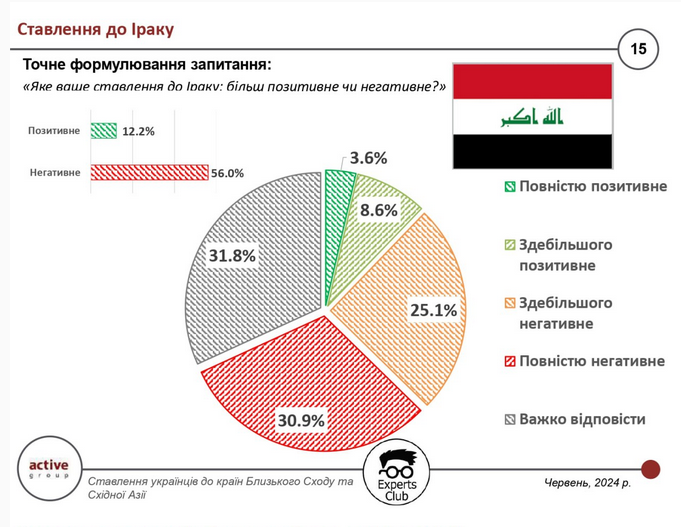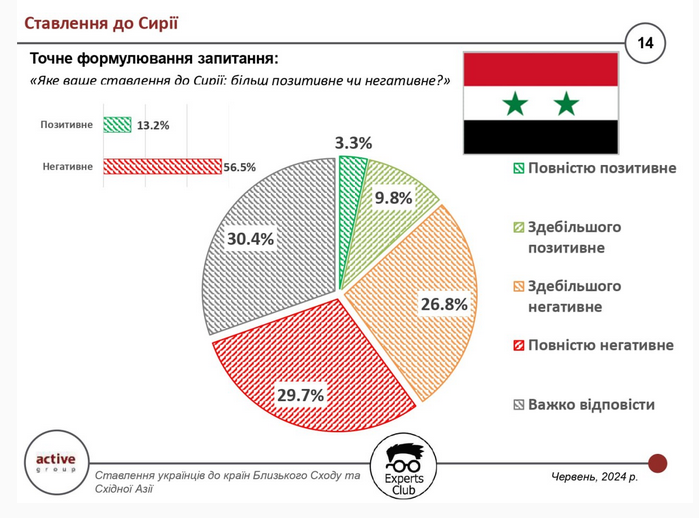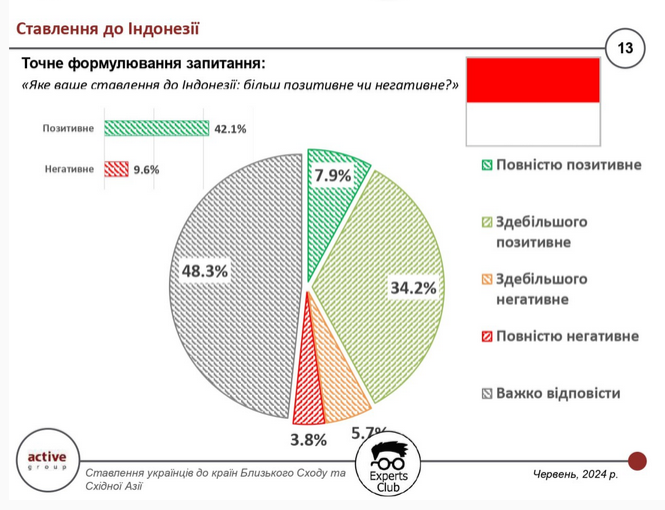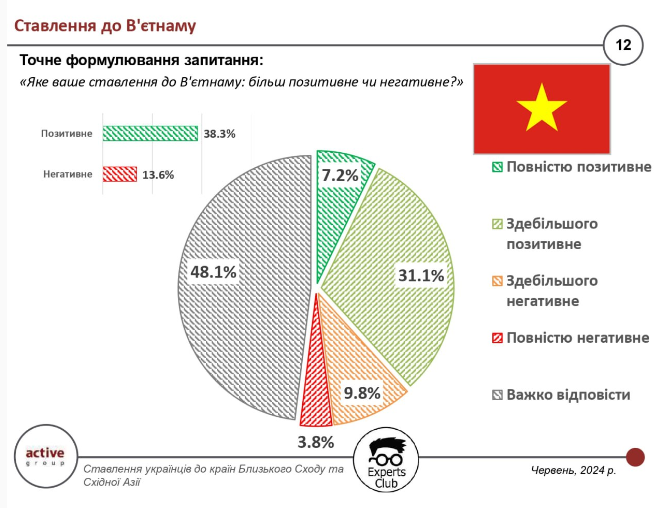
Experts Club analyzed the main macroeconomic indicators of Ukraine. In connection with the entry into force of the Law of Ukraine “On Protection of the Interests of Business Entities during Martial Law or a State of War”, the State Statistics Service of Ukraine suspends the publication of statistical information for the period of martial law, as well as for three months after its termination. The exception is the publication of information on the consumer price index, separate information on statistical indicators for 2021 and for the period January-February 2022. The article analyzes open data from the State Statistics Service, the National Bank, and think tanks.
Maksim Urakin, PhD in Economics, founder of the Experts Club think tank, presented an analysis of macroeconomic trends in Ukraine and the world based on official data from the State Statistics Service of Ukraine, the NBU, the UN, the IMF, and the World Bank.
Macroeconomic indicators of Ukraine
According to the Center’s founder, Maksym Urakin, in the first quarter of 2024, Ukraine’s GDP grew by 4.1% to 5.3% compared to the same period last year.
“The main growth factors were an increase in agricultural exports and production activity in certain industries. However, the negative balance of foreign trade in goods in the first quarter amounted to almost $6 billion, which is 10% more than last year. This is due to an increase in energy imports after the strikes on the Ukrainian energy sector in March,” Urakin said.
According to the founder of Experts Club, Ukraine’s national debt has reached a new historical high of $151 billion, which is almost 6 trillion hryvnia in hryvnia equivalent. Inflation in Ukraine in the first quarter was 1% year-on-year, which is in line with the NBU’s target range.
Global economy
Maksim Urakin noted that analysts forecast that the global economy will grow by 2% in 2024, which is lower than expected at the end of last year. The main reasons for the slowdown are high interest rates in developed countries and global geopolitical uncertainty.
“The US economy grew by 1.6% in the first quarter of 2024, which is lower than the growth rates observed in previous quarters, but still at an acceptable level for the development of the country’s economy. China’s economy grew by 5% due to a partial recovery from the crisis and government injections into the technology cluster,” the expert summarized.
He also reminded that the European Commission expects the eurozone economy to grow modestly in 2024 by only 0.8%, i.e. even less than 1%.
“High inflation and weak domestic demand remain the main problems of the EU countries. However, the British economy showed a modest growth of 0.6%, which indicates a weak recovery from the pandemic and Brexit,” Urakin said.
The economic situation in the world remains tense and depends on many factors, including geopolitical risks and changes in the global economic and political landscape. The Experts Club will continue to monitor the situation and provide up-to-date and balanced news.
Head of the Economic Monitoring project, PhD in Economics Maksim Urakin

A charity wine evening will be held in Kyiv with the support of the Experts Club think tank and the UKRSADVINPROM association. The venue and time will be announced later.
The topic of the evening: Ukraine from West to East.
The program includes a presentation of 12 varieties of Ukrainian wine.
Phone number for reservations and payments: 0671822565

charity evening, club Bunker, EXPERTS CLUB, UKRSADVYNPROM, URAKIN, WINE

Active Group and Experts Club have conducted a joint study on the attitudes of Ukrainians towards the countries of East Asia and the Middle East. The study was presented at the Interfax-Ukraine news agency in June 2024. The research was presented by Maksym Urakin and Oleksandr Poznyi. The results of the study are as follows:

The results of the survey are as follows:
Completely positive – 3.6
Mostly positive – 8.6
Mostly negative – 25.1 %.
Completely negative – 30.9%.
Difficult to answer – 31.8%.
Positive – Negative -43.8
On December 16, 1992, diplomatic relations between Ukraine and Iraq were established
The joint research by Active Group and Experts Club on the attitudes of Ukrainians towards the countries of East Asia and the Middle East was conducted in April-May 2024. It covers such countries as Turkey, Iran, Israel, Egypt, Jordan, Saudi Arabia, UAE, Afghanistan, Pakistan, Azerbaijan, Uzbekistan, Turkmenistan, Kyrgyzstan, Tajikistan, Kazakhstan, Georgia, Armenia, India, China, Republic of Korea, DPRK, Japan, Vietnam, Indonesia, Syria, and Iraq. Full information on the research is available on the website of the Club of Experts at
https://expertsclub.eu/cpilne-doslidzhennya-kompaniyi-active-group-ta-experts-club-shhodo-stavlennya-ukrayincziv-do-krayin-shidnoyi-aziyi-ta-blyzkogo-shodu/
Video – https://interfax.com.ua/news/video/993142.html

Active Group and Experts Club have conducted a joint study on the attitudes of Ukrainians towards the countries of East Asia and the Middle East. The study was presented at the Interfax-Ukraine news agency in June 2024. The research was presented by Maksym Urakin and Oleksandr Poznyi. The results of the study are as follows:

The results of the survey are as follows:
Completely positive – 3.3%.
Mostly positive – 9.8
Mostly negative – 26.8
Completely negative – 29.7 %.
Difficult to answer – 30.4%.
Positive – Negative – 43.3
On March 31, 1992, diplomatic relations between Ukraine and the Syrian Arab Republic were established.
The joint research by Active Group and Experts Club on the attitudes of Ukrainians towards the countries of East Asia and the Middle East was conducted in April-May 2024. It covers such countries as Turkey, Iran, Israel, Egypt, Jordan, Saudi Arabia, UAE, Afghanistan, Pakistan, Azerbaijan, Uzbekistan, Turkmenistan, Kyrgyzstan, Tajikistan, Kazakhstan, Georgia, Armenia, India, China, Republic of Korea, DPRK, Japan, Vietnam, Indonesia, Syria, and Iraq. Full information on the research is available on the website of the Club of Experts at
https://expertsclub.eu/cpilne-doslidzhennya-kompaniyi-active-group-ta-experts-club-shhodo-stavlennya-ukrayincziv-do-krayin-shidnoyi-aziyi-ta-blyzkogo-shodu/
Video – https://interfax.com.ua/news/video/993142.html

Active Group and Experts Club conducted a joint study on the attitudes of Ukrainians towards the countries of East Asia and the Middle East. The research was presented at the Interfax-Ukraine news agency in June 2024. The research was presented by Maksym Urakin and Oleksandr Poznyi. The results of the study are as follows:

The results of the survey are as follows:
Completely positive – 7.9%.
Mostly positive – 34.2
Mostly negative – 5.7
Completely negative – 3.8
Difficult to answer – 48.3%.
Positive – Negative – 32.5
On June 11, 1992, diplomatic relations between Ukraine and Indonesia were established.
The joint research by Active Group and Experts Club on the attitudes of Ukrainians towards the countries of East Asia and the Middle East was conducted in April-May 2024. It covers such countries as Turkey, Iran, Israel, Egypt, Jordan, Saudi Arabia, UAE, Afghanistan, Pakistan, Azerbaijan, Uzbekistan, Turkmenistan, Kyrgyzstan, Tajikistan, Kazakhstan, Georgia, Armenia, India, China, Republic of Korea, DPRK, Japan, Vietnam, Indonesia, Syria, and Iraq. Full information on the research is available on the website of the Club of Experts at
https://expertsclub.eu/cpilne-doslidzhennya-kompaniyi-active-group-ta-experts-club-shhodo-stavlennya-ukrayincziv-do-krayin-shidnoyi-aziyi-ta-blyzkogo-shodu/
Video – https://interfax.com.ua/news/video/993142.html

Active Group and Experts Club conducted a joint study on the attitudes of Ukrainians towards the countries of East Asia and the Middle East. The research was presented at the Interfax-Ukraine news agency in June 2024. The research was presented by Maksym Urakin and Oleksandr Poznyi. The results of the study are as follows:

The results of the survey are as follows:
Completely positive – 7.2
Mostly positive – 31.1 %.
Mostly negative – 9.8
Completely negative – 3.8 %.
Difficult to answer – 48.1%.
Positive – Negative – 24.6
On January 23, 1992, Ukraine and Vietnam established diplomatic relations.
The joint research by Active Group and Experts Club on the attitudes of Ukrainians towards the countries of East Asia and the Middle East was conducted in April-May 2024. It covers such countries as Turkey, Iran, Israel, Egypt, Jordan, Saudi Arabia, UAE, Afghanistan, Pakistan, Azerbaijan, Uzbekistan, Turkmenistan, Kyrgyzstan, Tajikistan, Kazakhstan, Georgia, Armenia, India, China, Republic of Korea, DPRK, Japan, Vietnam, Indonesia, Syria, and Iraq. Full information on the research is available on the website of the Club of Experts at
https://expertsclub.eu/cpilne-doslidzhennya-kompaniyi-active-group-ta-experts-club-shhodo-stavlennya-ukrayincziv-do-krayin-shidnoyi-aziyi-ta-blyzkogo-shodu/
Video – https://interfax.com.ua/news/video/993142.html